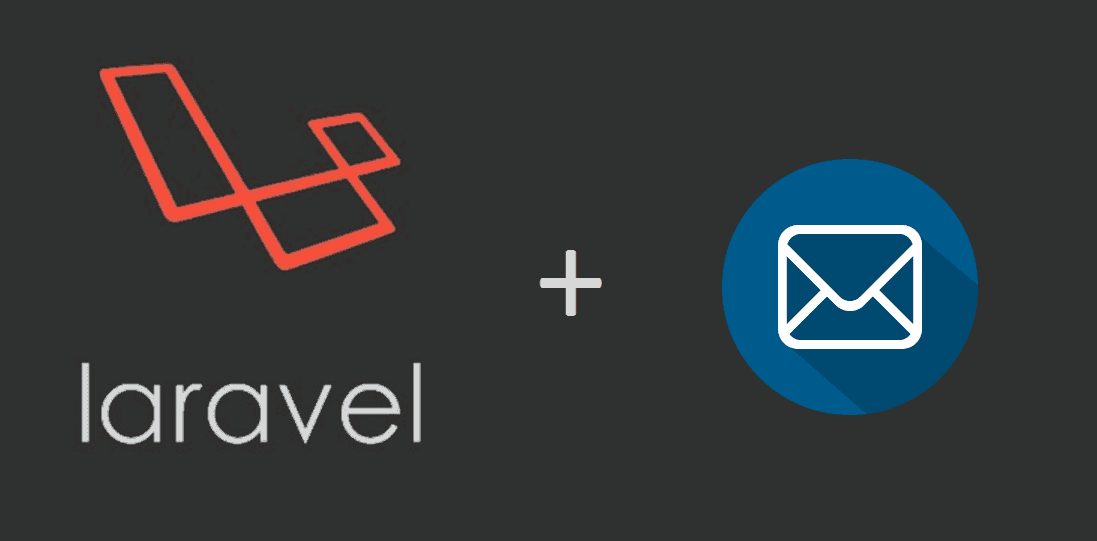
In today’s digital world, ensuring the security of user accounts is paramount. One of the fundamental aspects of user account security is email verification. Laravel, a popular PHP web application framework, makes email verification easy and quick. In this blog post, we will explore the benefits of using Laravel for email verification, step-by-step implementation, and best practices.
Why Email Verification Matters
Email verification is a crucial part of user authentication and security. It ensures that the email address provided by a user during registration is valid and that the user has access to it. Here are some reasons why email verification matters:
- Preventing Fake Accounts: Email verification helps avoid the creation of fake accounts, which can be used for spam or fraudulent activities.
- Security: It adds an extra layer to user accounts, reducing the risk of unauthorized access.
- Communication: Verified email addresses allow you to communicate effectively with your users, sending important notifications and updates.
Laravel Built-in Email Verification
Laravel simplifies the email verification process by providing built-in tools and functionality. Let’s walk through the process step by step:
Step 1: Fresh Laravel Installation
If you haven’t already, start by installing Laravel using Composer:
composer create-project –prefer-dist laravel/laravel project-name
Step 2: Configuration
In the .env file, make sure you have configured your email settings. Laravel uses these settings to send verification emails.
MAIL_MAILER=smtp
MAIL_HOST=smtp.mailtrap.io
MAIL_PORT=2525
MAIL_USERNAME=your-username
MAIL_PASSWORD=your-password
MAIL_ENCRYPTION=tls
Step 3: User Model
Ensure your User model uses the MustVerifyEmail trait:
use Illuminate\Contracts\Auth\MustVerifyEmail;
use Illuminate\Foundation\Auth\User as Authenticatable;
use Illuminate\Notifications\Notifiable;
class User extends Authenticatable implements MustVerifyEmail
{
// ...
}
Step 4: Routes
Laravel provides predefined routes for email verification. You can find them in routes/web.php:
Auth::routes(['verify' => true]);Step 5: Views
Laravel’s default registration views include the email verification template. Customize these views as needed.
Step 6: Sending Verification Emails
When a user registers, Laravel automatically sends a verification email. You can customize the email by modifying the resources/views/emails/verification.blade.php file.
Best Practices for Email Verification
- Customize Emails: Personalize your verification email to make it more engaging and trustworthy.
- Double Opt-In: Consider implementing a double opt-in process where users confirm their email address by clicking a link in the verification email.
- Set Expiration: Configure the verification link to expire after a set period for added security.
- Rate Limiting: Implement rate limiting to prevent abuse and brute-force attacks on the verification process.
- User-Friendly Errors: Provide clear error messages to users if there are issues with the verification process.
Conclusion
Laravel simplifies email verification with its built-in functionality and easy-to-follow steps. By ensuring that users verify their email addresses, you enhance the security of your web application and build trust with your users. Implementing email verification in Laravel is not only easy but also essential for creating a secure and reliable user authentication system.
In this post, we’ve covered the significance of email verification, the steps to implement it in Laravel, and the best practices to follow. Following these guidelines ensures that your users’ email addresses are valid, secure, and reliable.
Remember that email verification is just one piece of the puzzle in creating a robust authentication system, but it’s a crucial one.

Post a Comment